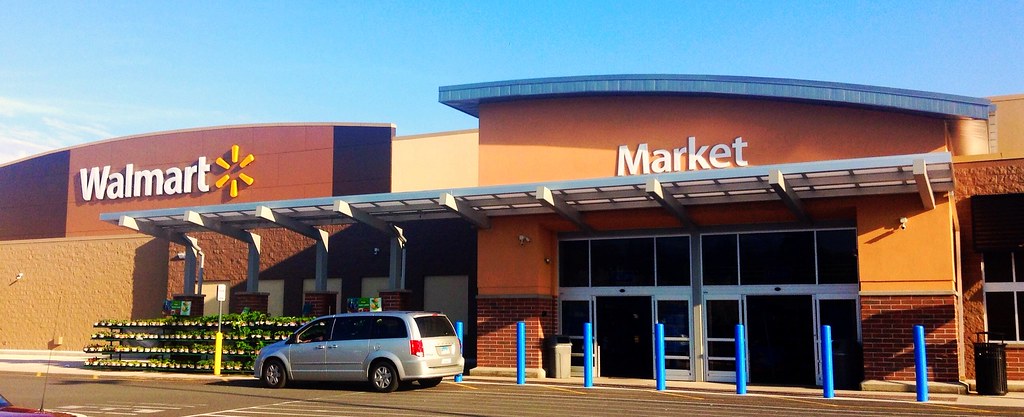In the ever-expanding digital universe, IP addresses are the equivalent of prime real estate, and Amazon has just hit a jackpot with its IPv4 address stockpile. The tech behemoth’s cloud division, Amazon Web Services (AWS), has implemented a new pricing scheme for IPv4 addresses, which, at a glance, may seem inconsequential at $0.005 per public IPv4 address per hour. However, this minor adjustment is set to unlock a billion-dollar revenue stream for Amazon, a testament to the value of digital assets in today’s internet infrastructure.
The scarcity of IPv4 addresses has been a growing concern. With a cap of approximately 4.3 billion unique IDs, the 32-bit protocol is stretched thin by the proliferation of smart devices. Amazon’s response to the soaring demand and administrative costs was to introduce a pricing change, which was first hinted at last summer. The company has been candid about the situation, stating that ‘The cost to acquire a single public IPv4 address has risen more than 300% over the past five years.’ This surge in cost has prompted Amazon to encourage a shift to the more abundant IPv6, which boasts a staggering 128-bit address pool.
Despite the push for IPv6, IPv4 remains the dominant protocol, and Amazon sits on a goldmine of these coveted addresses. Border0’s analysis revealed that Amazon controls nearly 132 million public IPv4s, valued at around $4.6 billion based on the current average price of $35 per address. While Amazon can’t liquidate this asset in one fell swoop, it can certainly monetize it by billing active users. With 30% of these IPs linked to income-generating AWS services, Amazon could be looking at an annual revenue of $1 billion from this strategic pricing policy.
The shift in pricing is indicative of broader changes in internet infrastructure management. The finite pool of IPv4 addresses is becoming increasingly difficult and expensive to manage. However, IPv6 offers not just a virtually unlimited number of addresses but also potential speed enhancements and improved security. For example, a historical blog post from Meta (formerly Facebook) claimed that IPv6 optimizations sped up their site by 10-15%. Moreover, IPv6 can mitigate common vulnerabilities found in IPv4.

Yet, as of 2023, IPv4 remains widely used, and its resources are nearly depleted. Amazon’s pricing strategy could be the nudge needed for the industry to transition to IPv6, ultimately leading to an internet without address shortages.
The journey of Amazon’s IPv4 assets is remarkable. Three years ago, AWS’s IPv4 estate was valued at approximately $2.5 billion. Fast forward to today, and that figure has nearly doubled to $4.5 billion, with AWS owning 128 million IPv4 addresses. This growth is not just in numbers but also in value, thanks to the increasing market price of IPv4 addresses.
The new charge for IPv4 addresses, set to take effect in February 2024, reflects the rising costs and aims to promote more judicious use of these addresses. With this move, AWS could generate between $500 million to $1 billion in additional revenue annually, a significant boost to its bottom line.
Amazon’s IPv4 strategy underscores the company’s savvy in capitalizing on the digital landscape’s nuances. As we witness the continued growth of AWS and the internet at large, the importance of IP address management and the potential for IPv6 adoption become ever more apparent. For Amazon, the IPv4 addresses are not just a technical resource but a strategic asset that promises to yield a substantial financial windfall in the years to come.
Related posts:
Amazon finds $1B jackpot in its 100 million+ IPv4 address stockpile
AWS IPv4 Estate Now Worth $4.5 Billion





